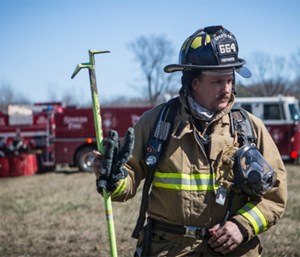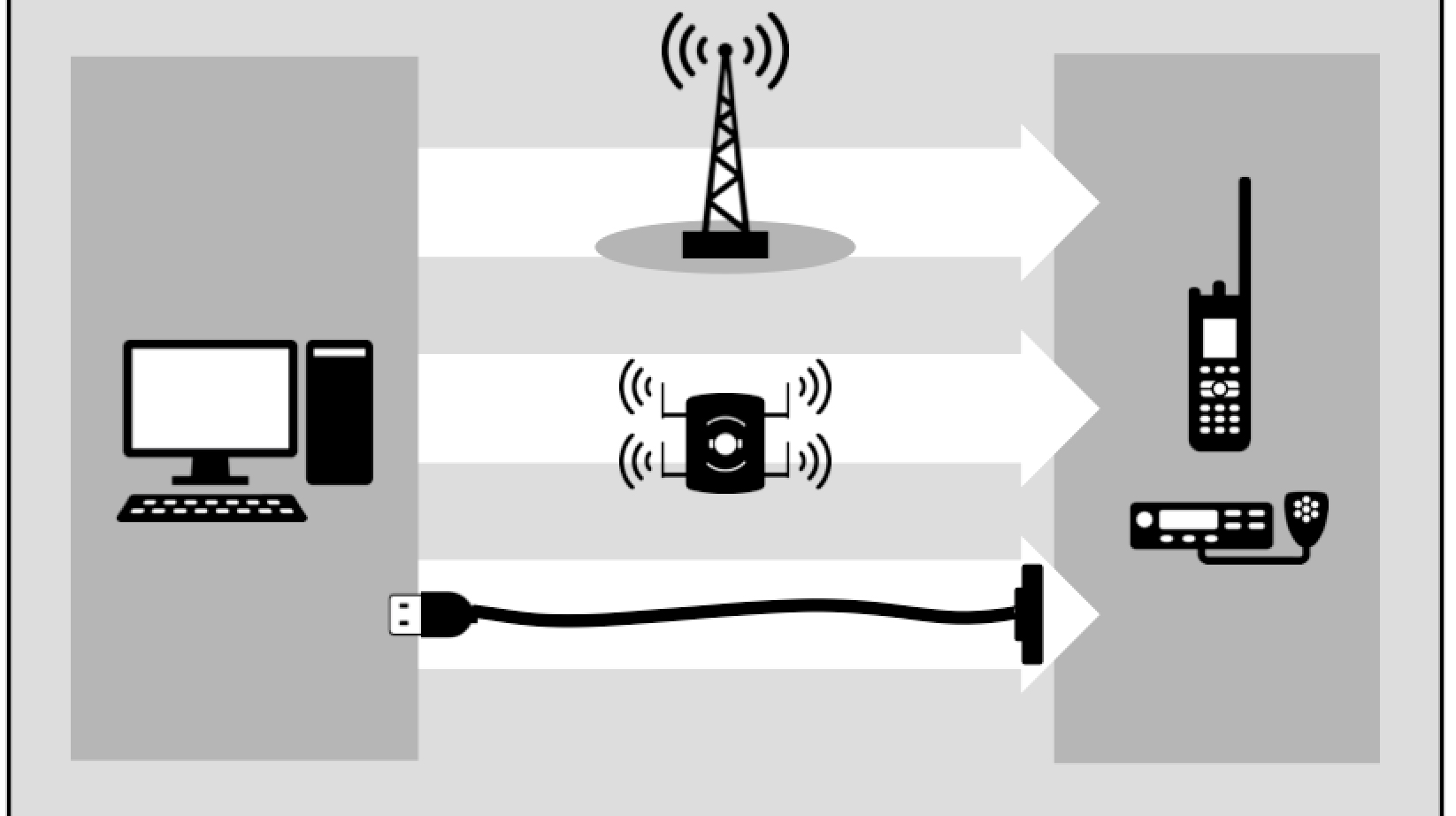Conditions on the fireground can change in an instant. Incident commanders are periodically conducting risk assessments and determining the appropriate mode of operation. This article explores how personnel accountability systems help incident commanders track where personnel are on the fireground, and what they are doing.
Several years ago, I came across a photo of a large commercial working fire with several command officers standing at their command post. In front of them lay hundreds of feet of fire hose and many ground ladders raised against the massive building. One thing that stood out was the enormous amount of accountability tags hanging on the command board, representing the countless number of firefighters required to bring this emergency under control. They were hanging all over the board – there must have been close to 70 or 80 tags. How could that incident commander come close to keeping up with the number of firefighters that were at the fire?

Whatever system you use, please train, evaluate and truly be honest with yourself to see if it’s accounting for your most important resource: your firefighters. (Photo/Joe Thomas of Greenbox Photography)
Cow tags: First attempt at fireground accountability
For many years, fireground accountability was a simple attempt to keep up with everyone that was at the event. This started as, what many called, the cow tag system, which consisted of metal nametags. Every firefighter had a tag they clipped to the back of their helmet and, when they arrived at the scene of an emergency, they would hand the tag off, either to the incident commander or sometimes the driver of the first-in engine company, which was normally the pump operator. This system was, at best, a modest accountability method. All this showed was that you have firefighters on scene, but not where they were or what they are doing.
True accountability on the fireground
When the initial unit arrives on-scene, the person in charge should begin to gather information and make decisions on how to handle the event. It depends on how the organization has chosen to allow this command structure to develop as to how the accountability process is organized.
If department policy establishes that the incident commander (IC) is a member of the first unit on-scene, that individual will account for the original company’s crew as they arrive and track the tasks that those crews are assigned to perform. That incident commander is, at that moment, accountable for all personnel at the scene. It sounds simple, however, once the IC reaches his or her limit of control – normally no more than three to five units – that’s when the accountability system should expand, just as the incident management system does. If divisions, groups or sectors are developed, those supervisors are the individuals that will account for those under them up until they go beyond their own span of control.
Firefighter accountability discipline
When I teach, I use an example of exceeding your span of control with tennis balls. I select a member of the class to come to the front of the class, where I have a box filled with rubber tennis balls labeled with simple fireground tasks, such as fire control, search and rescue, ventilation or utilities control. I start the example by tossing the tennis balls to the student.
Rather quickly, the student will realize that they cannot hold or manage all the tennis balls and it becomes apparent that the student must expand to other students, just as the incident manager must expand the organization. The same goes for accountability, as the IC cannot account for more firefighters than he or she can manage. As with any undertaking, this requires not only training but discipline, as well, to carry out.
When the management of the event expands, the mid-level supervisor should assume not only the management of their area, but also the accountability of all personnel in their assigned responsibility. This can be difficult for some firefighters, as they may be inclined to remain on the task level where they are the most comfortable. This will take discipline, and it will also need to be trained upon, just like any other task that we attempt at the event.
Passport fireground accountability system
One example of an effective accountability system is the passport system. Passport cards are placed on units with all member names attached to the passport. The company officer of the unit carries that passport to every area that the crew is assigned and hands it off to the supervisor. This requires training and discipline. However, a couple of things are happening here that are vital. We have installed a mid-level supervisor that maintains an effective span of control, providing outstanding mid-level direction. Furthermore, we are safely accounting for our people.
Automatic fireground accountability software
Current day software solutions are enabling incident commanders to expand their span of control with automatic accountability. With information coming from all directions on the fireground, speed and accuracy is paramount to decision making. With a quick check on their laptop or tablet, ICs can initiate a roll call, acknowledged with a click of a personal radio. And in the event a firefighter is in distress, incident commanders are alerted through a manual or automatic alert (e.g., if the firefighter is motionless or prone for a pre-determined time period).
Whatever system you use, please train, evaluate and truly be honest with yourself to see if it’s accounting for your most important resource: your firefighters, or if it needs an upgrade.
Be safe and train hard!



